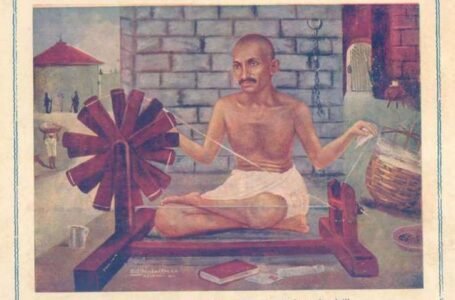Nageshwar Jyotirlinga: A Sacred Pillar of Devotion and Spiritual Power
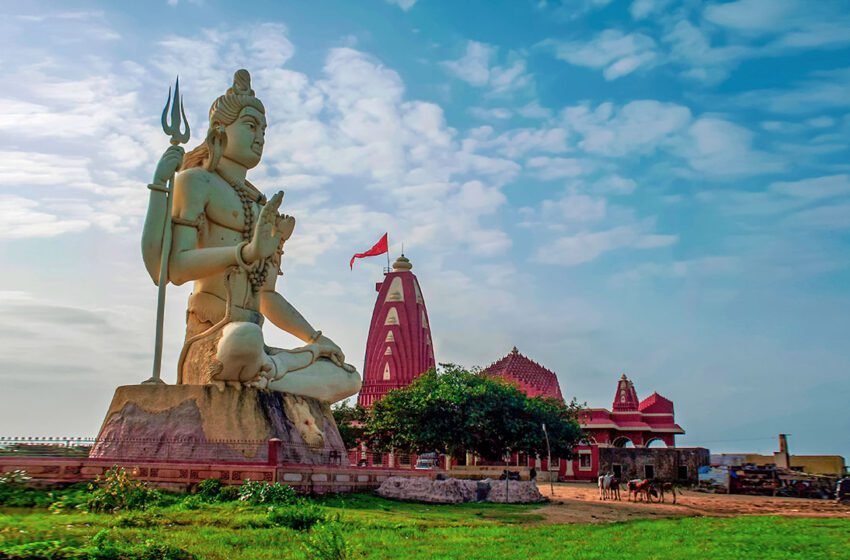
Nageshwar Temple, also known as the Nagnath Temple, is located in Darukavana, on the way between Gomati Dwarka and Bait Dwarka Island on Saurashtra’s coast. The Jyotirlinga temple built in the sanctuary is known as Nageshwar Mahadev and draws hundreds of pilgrims each year.
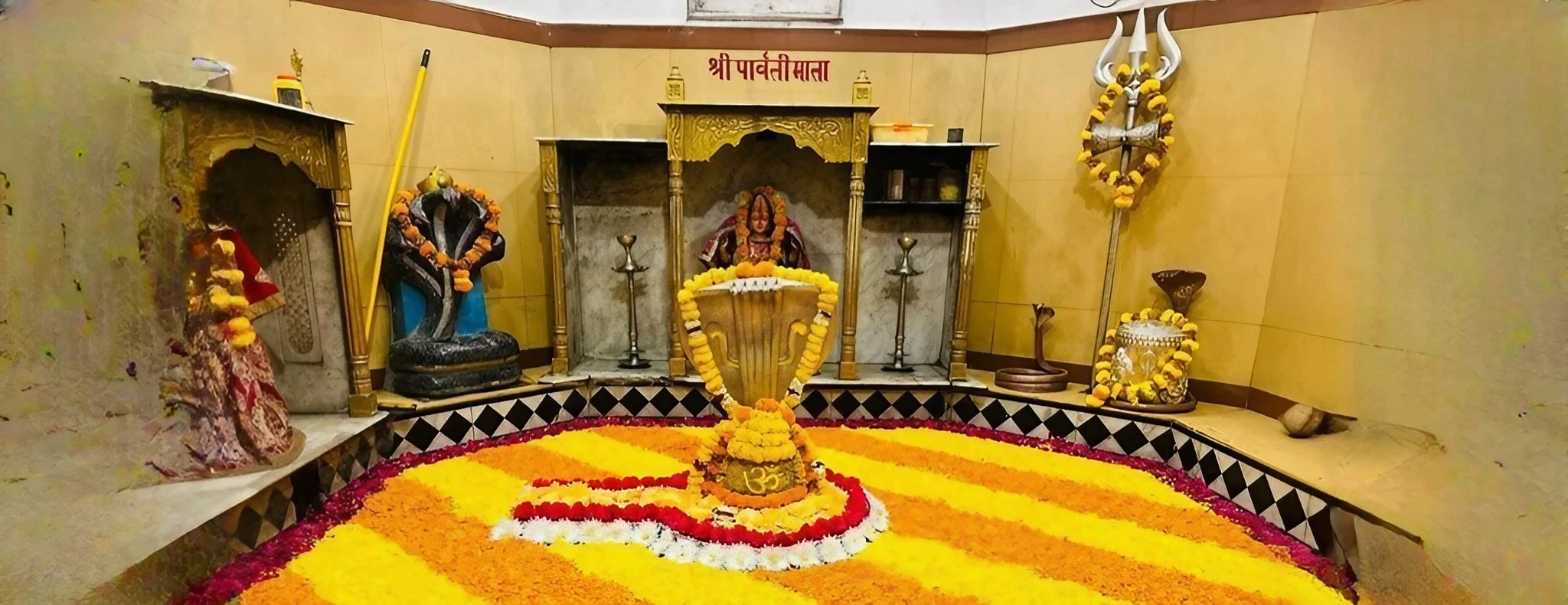
The Nageshwar Temple has an intriguing story. According to Shiv Purana, Daruka, a cruel demon, is said to have previously existed. He was a savage who enjoyed torturing others. Daruka and his wife Daruki dwelt in the forest of Darukavana, a city beneath the sea, inhabited by sea snakes and demons. The demon’s wife, Daruki, worshiped Mata Parvati. Mata Parvati rewarded her penance and dedication by allowing her to master the forest where she performed her devotions, which she dubbed ‘Darukavana’ in her honour. Wherever Daruki went, the forest followed her. Daruki used the strength Parvati had given her to save the Darukavana demons from the gods’ retribution. She then relocated the entire forest into the sea, where they resumed their campaign against the hermits, kidnapping people and imprisoning them in their new lair beneath the sea.
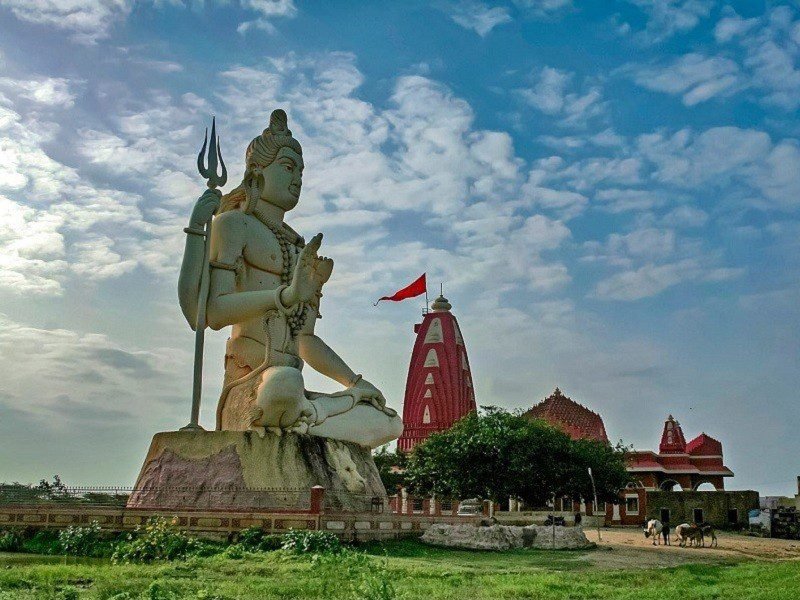
As a result of this torture, great Shiva devotee, Supriya, ended up there. Daruka then asked Supriya to teach him how to worship Shiva properly, including all of the standards and practices associated with Tapa (penance). Supriya refused to educate Daruka because she was afraid that he would use his Tapa skills to torment people. Daruka did not take it well. He got furious and imprisoned Supriya.
The entrance of Supriya sparked a revolution. She set up a lingam and inspired the convicts to recite the mantra ‘Om Namaha Shivay’ in honour of Shiva while she prayed to it. The demons’ reaction to the chanting was to try to kill Supriya, but he was stopped when Shiva arrived and handed her a divine sword that saved her life. Daruka and the demons were defeated, and Parvati rescued the remaining demons.
The jyotirlinga, Nagesha, is the one that Supriya had erected. Once again, Shiva took the form of a Jyotirlinga and was called Nageshwar; Goddess Parvati was called Nageshwari. Then Lord Shiva declared that to those who worshipped him, he would reveal the right path.
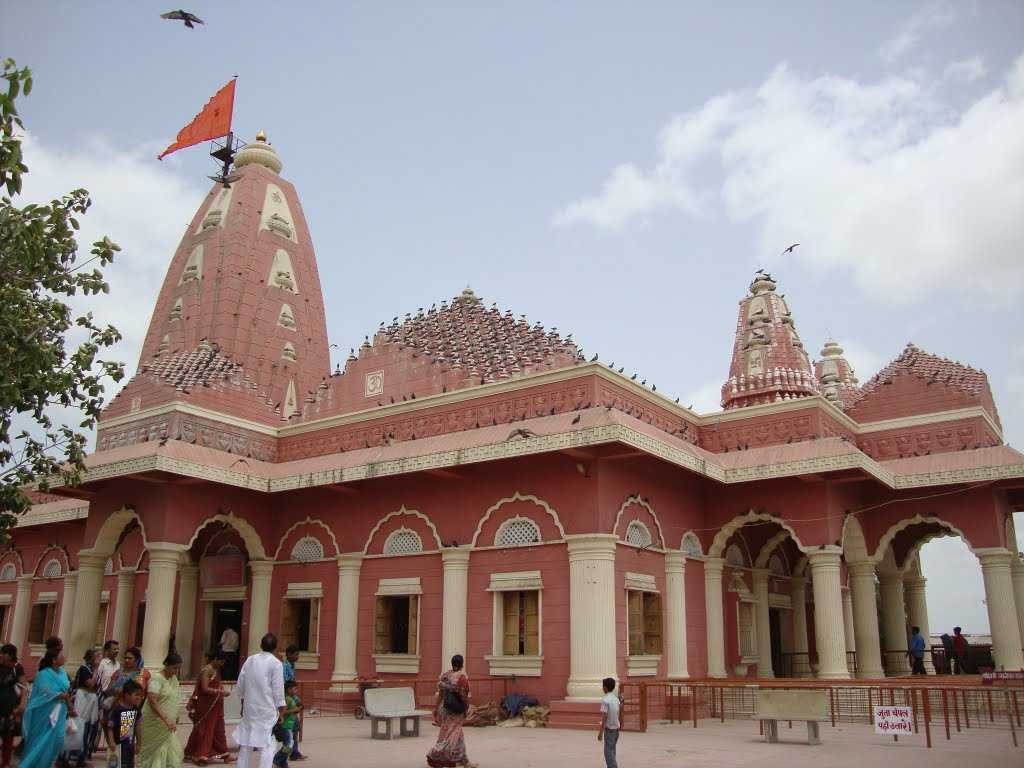
For Hindus, the temple has enormous religious and archaeological significance. This Jyotirlinga temple is the tenth. The enormous idol of Lord Shiva, which measures 125 feet in height and 25 feet in width, is the temple’s most well-known feature.
The Holy Temple is mentioned in the revered Shiva Purana texts. The hallowed Rudra Samhita claims that the temple can protect its devotees from poisons of all kinds, particularly snake venom. The meaning of the term “Nageshwar,” which translates to “God of the Serpents,” confirms this power.
The temple houses shrine of various Hindu deities in addition to Lord Shiva. The idols of Lord Ganesha, and Lord Hanuman, an incarnation of Shiva, are kept there. Additionally, there is a section of the temple devoted to Shiva’s vahana, the celestial bull Nandi.
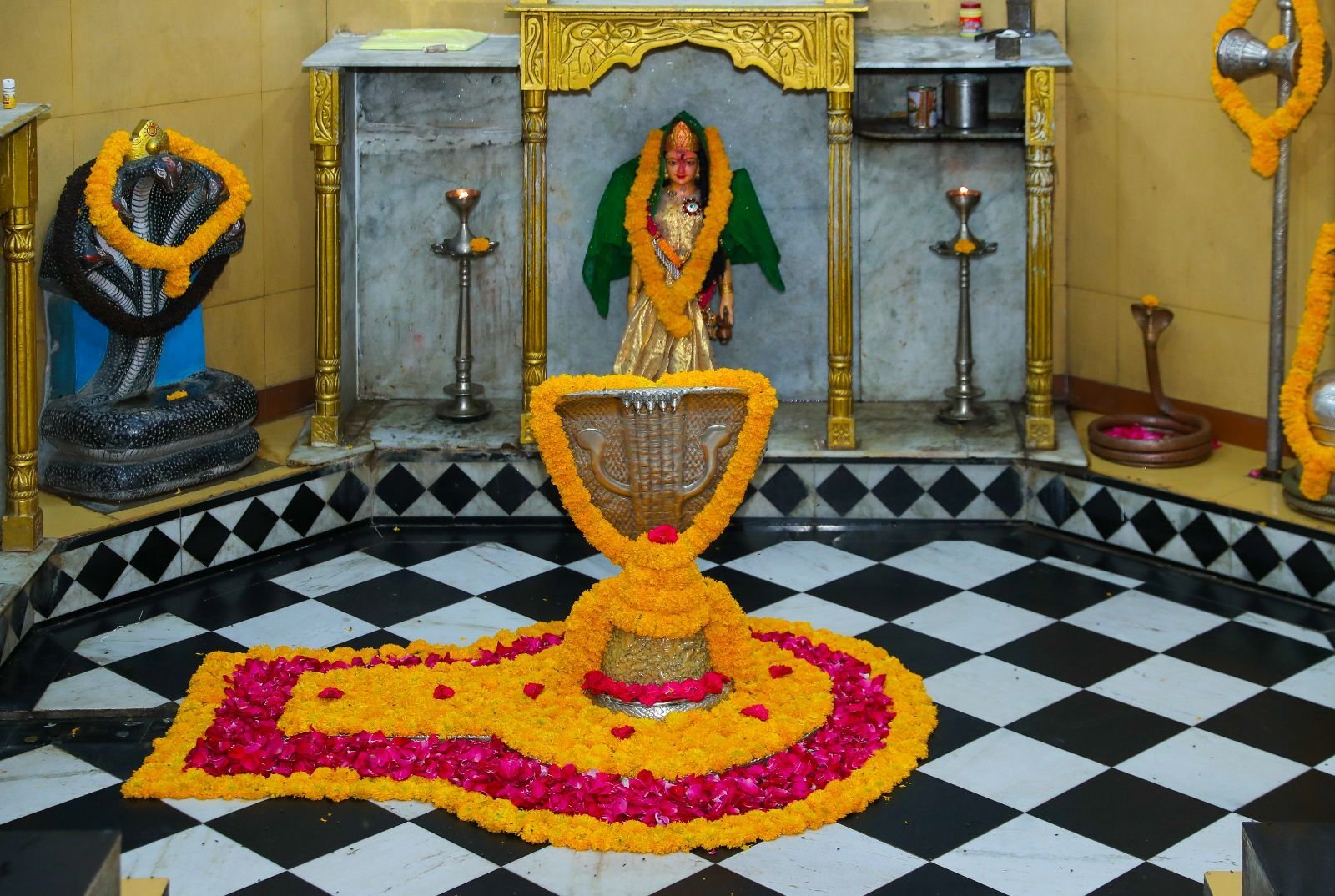
Within the temple, a medium-sized Nageshwar Jyotirlinga is in place. A silver serpent lies atop the linga. It is always covered with a silver cloth highlighting the piousness of the structure. Behind the Linga, an exquisite idol of the Mother Goddess Parvati is displayed. After paying their respects to her idol, devotees never depart from the temple.
The temple’s entrance faces west. This is so that worshippers of Lord Shiva will always face the Sun God when they are in devotion. The temple’s design symbolises the human body’s frame. Since the disciples enter through their feet, the Mahadwar is a representation of the feet. The hands of the human body are symbolized by the entry porch, which is positioned between the two idols of Lord Hanuman and Lord Ganesha. The abdomen and chest of the body make up the Sabha Mandap, a hall with prayer seats. Lastly, the head of the body is the central Shiva Linga, which is positioned at the Garbha griha.
Rising to a height of 110 feet, the temple is impressive. The religious palace is decorated with a gorgeous array of arches, flute-shaped cylindrical columns, jail rooms made entirely of marble, and capitals with lotus themes. The shrine is further connected to Hinduism by the scattered representations of Mount Kailash and the Swastika on its walls.

The three floors of the temple are separated. Known as the Garbhagriha, the first level is located six inches below the surface. Situated two inches above the ground is the second level, called the Rangamandapam. Last but not least, Antarala is the level that guards the Garbha griha and is reputed to serve as a transitional area for followers of Lord Shiva.
Hindus hold that you can become free from all spiritual and physical ills by meditating in the temple while keeping Nageshwar in mind. Sin, rage, temptation, and distraction are a few of these. One can visit Nageshwar from Somnath by a 4-hour drive. Dwarka, Somnath with Nageshwar Jyotirlinga Tour is short trip for Gujarat Darshan, which could have duration of 3 night / 4 days.
